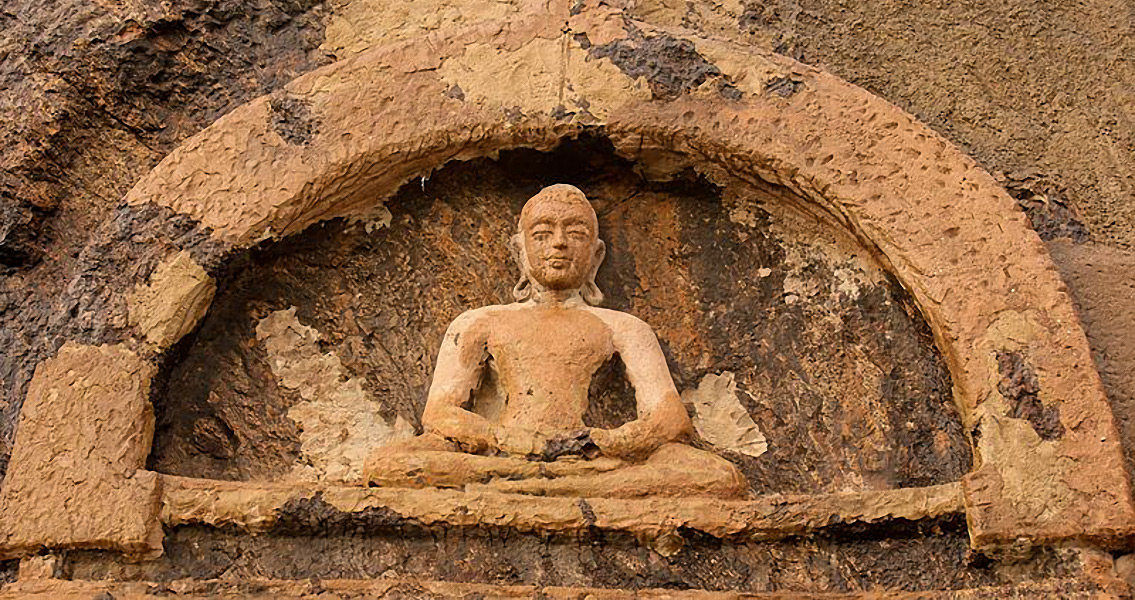<![CDATA[At the Shiga ruins in Ritto a new discovery has archaeologists rethinking the history of Buddhism in Japan. Five pots were unearthed from what is believed to have been the earliest example of a very specific ancient site-cleansing ritual performed by Japanese Buddhist Monks. The clay pots, topped with lids, filled with coins and found in a cross-shaped pattern were discovered with points facing each of the cardinal directions: north, south, east and west. According to the Ritto city board of education, these characteristics all indicate that the site was once the location of an ancient, esoteric Buddhist rite. Towao Sakaehara, an expert in ancient Japanese history and director of the Osaka Museum of History spoke about the orientation of the pots: "The pots that contain offerings appear to have been deliberately positioned in a central location and [directed towards] the four points of the compass - They seem to have been treated with great care." The pots each measured 14 centimetres in diameter and 12 centimetres in height, and were unearthed from a hole that measured 28 centimetres deep and 70 centimetres wide. The pots each contained five "Fujushinpo" coins that were forged in 818 CE, and one pot was found to be housing a peach seed. Sakaehara also explained the meaning behind the pots' contents: "They were likely buried in the hope of prosperity for the building owners and others, given that ancient coins bearing such words as 'tomi' (wealth) and 'kotobuki' (congratulations), as well as a peach seed believed to clear away bad vapors and bring perpetual youth and longevity, are encased." The hole in which the pots were found was located in an open area of the ruins where an ancient building had once stood. It is believed that this particular building would have served as either a private home or public office for a local leader, possibly explaining the necessity of the ritual. Masayoshi Mizuno, an archaeologist and director of the Gangoji temple, explained, "In Buddhist site-purification rituals, noxious vapors are purged by placing Buddhist images at nine points around a square, including the center. This indicates there used to be an important building there." In addition to the pots, "Hajiki" plates made of clay and measuring 3 centimetres high and 13 centimetres in diameter were found at each of the four directionally oriented corners of the hole. Also discovered around the hole were other pots filled with 'Wadokaichin' and 'Jingukaiho' coins. Due to the age of the clay pots and the coins, archaeologists believe that the ritual continued for at least a decade after the initial offering, if not longer. It is believed that this is the only known example of the ancient Buddhist ritual having been performed in Japan as early as the seventh century. Archaeologists are optimistic however, that further discoveries could follow. Featured image courtesy of Wikimedia commons user: jvsnkk ]]>
Ancient Ritualistic Pots Found at Shiga Ruins
